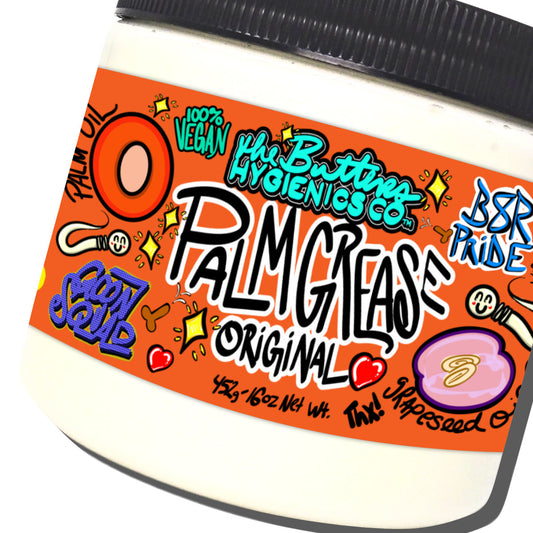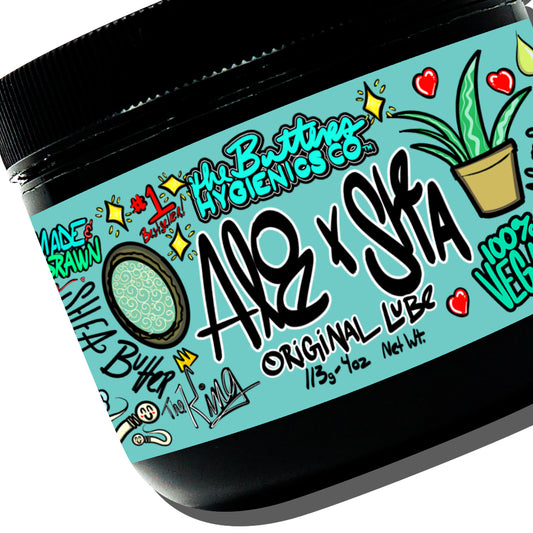
The Grand Spectrum of Gender: Unpacking Alternatives to Being Trans
Share
In this modern era, where questioning gender has become almost as common as binge-watching TV series, a curious phenomenon has emerged. A growing number of people are finding that, while they might not fit into the traditional trans narrative, the cisgender label feels like a sweater knitted by a well-meaning but utterly confused grandparent – it sort of fits, but the sleeves are wonky. If you've ever stared into the mirror, pondering if there's more to gender than the binary options on bureaucratic forms, welcome to your comprehensive guide to messing with gender expectations without necessarily being trans. Brace yourself; we're diving into the deep end of the gender pool, illuminated by the neon lights of media attention.
1. You Don't Have to Stir the Gender Pot
First off, let's get something straight – or not, depending on your preference. Playing with gender isn't mandatory, despite its growing trendiness. From my extensive personal research (a fancy way of saying I've thought about this a lot), I've concluded that most people are the gender they were assigned at birth. But for the adventurers among us, questioning is part of the journey.

2. Gender Non-Conforming: The OG Rebels
Before "non-binary" became a household term, if you weren't keen on medical or social transition, you might have been dubbed gender non-conforming. This is the "I'll wear what I want, thanks" crowd, epitomized by icons like Prince, David Bowie, and Janelle Monáe. This group throws societal expectations out the window, living authentically and causing a delightful confusion at family gatherings.
3. Drag: Gender as Performance Art
Then there's drag – the extravagant cousin of gender expression. Far from being a mere sexual endeavor, drag is about embracing gender in its most flamboyant form. Whether you're a queen or a king, it's about the art of illusion and, occasionally, really uncomfortable shoes.

4. Cross Dressing: Fashion's Gender Blender
Cross-dressing, or what I like to call the "wardrobe wanderers," involves donning the apparel traditionally worn by the opposite gender. This can range from a symbolic act of rebellion to a full-on lifestyle choice, proving that clothes really do make the man, woman, or anyone in between.
5. Sissy/Sissification: A Niche of Its Own
Diving into the kinkier waters, sissification is about embracing femininity to the extreme, often within a BDSM context. It's not everyone's cup of tea, but it's a fascinating exploration of gender roles and power dynamics for those who enjoy it.
6. Butchification: Making Its Internet Debut
And now, introducing "butchification" – a term so new, it's practically still in the digital womb. As societal norms evolve, some predict a rise in the allure of masculine women, leading to a whole new kink category. You heard it here first, folks.
7. Autogynophilia and Autoandrophilia: The Self as Muse
Venturing into more controversial territories, we have autogynophilia and autoandrophilia – the arousal some feel at the thought of themselves as the opposite gender. These terms stir up debates, but they highlight the complex interplay between gender identity and sexuality.
8. Andromimetophilia (Gynemimetophilia): Love Knows No Gender
Last on our list, these terms describe the attraction to individuals who present as the opposite gender. It's a reminder that gender expression can be a significant factor in attraction, transcending traditional labels.
Final Thoughts
Embarking on my own gender exploration journey, I've realized that, despite my deep dive into this vast sea of gender variance, I'm pretty content with my masculine identity. However, the beauty of this exploration is the validation it brings, whether you find a new label that fits just right or confirm that the original tag still suits you best.
In an ocean of gender identities, modern rhetoric often feels like navigating through a storm without a compass. My hope is that this guide serves as a beacon, guiding you toward your most authentic self. Remember, the journey of self-discovery is not about finding the "right" label but about understanding and embracing the complexity of your own identity.




